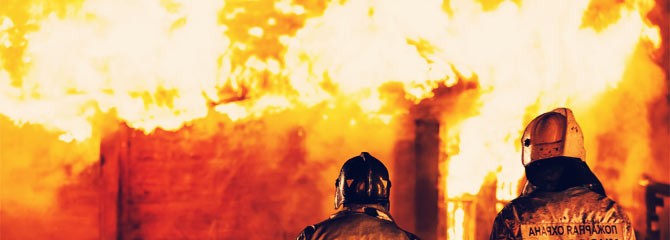Most homes built in Toronto in the past decade or so routinely get a backwater valve installation at the time of building. Older homes, however, may need to be retrofitted—a fact about which Toronto Water is drumming up awareness on a daily basis. In recent years the City has offered a subsidy program to encourage homeowners to take steps necessary to help prevent the flooding that’s been endemic for the past 100 years. Owners of single-family homes can now apply for a subsidy of up to $3,200 to install a range of flood prevention devices.
There are risks attached to a backwater valve installation, which you need to know about if you’re considering taking this step:
Sewer Line Excavation
Retrofitting a backwater valve takes a fair amount of labor because it requires plumbing contractors to uncover the building’s sewer line. This usually means excavation and removal of the concrete around the area of installation. Any form of excavation brings with it increased risks, from the danger of striking utility installations such as telephone, fuel lines, gas, water or electrical cables to the risk of worker injury. Protect yourself against these risks by:
- Checking that your plumber is insured and covered by workman’s compensation. All certified plumbers in Toronto know the risks involved in using laborers to work on private homeowners’ property, so they are aware of the legal requirement for cover.
- Ensuring that you or your plumber identify the location of all gas mains and other critical supply lines before excavating.
- Check that the proper supports are used to prevent the collapse of the sides of the excavation, particularly if it rains heavily during the process.
Removable Cover Installation
After the backwater valve installation process is completed, the valve must be accessible for future inspections. This means you’ll need to install a removable cover, which you can reach easily. This incurs an additional cost as well as occasionally being an unplanned inconvenience, depending on where it’s located. Also, if the backwater valve ever fails to manage the backflow, it can come bubbling up inside the cover and cause it to lift off. The installation itself presents little in the way of risk, but the cover location could be a hazard for children, pets and of course, your garden.
Flow Turbulence
Some manufacturers stipulate that the nearest branch connection upstream from the backwater valve installation shouldn’t be nearer than 24” because of the risk of flow turbulence. This happens when the backflow is strong enough to prevent the gate on the valve from closing. Regardless of the type of valve you have installed, prevent this from being an issue by ensuring that your valve is installed at least arm’s length away from the connection.
Your biggest risk factor in a backwater valve installation is that the plumbers in Toronto don’t all leave your property the way they found it. When you hire plumbing contractors to do work for you, check their references to ensure that they have a history of restoring the area where they excavated, and don’t just leave it for you to deal with.

